Code
HCS11324
Weight
4 Kg / 8.82 lbs
Size
Height
28cm (11") Width
28cm (11") Depth
14cm (6") Material
Bronze
Availability
Subject to Avilability
Date Added
2015-05-27 14:55:55
Note : We used to sell this product 10 years ago so it may no longer be in our stock.
It is possible that we still have it with our suppliers but the price could be different from before.
Feel free to order. We will verify availability and inform you promptly.
It is possible that we still have it with our suppliers but the price could be different from before.
Feel free to order. We will verify availability and inform you promptly.

Safe Payment
We accept Paypal, Money Transfer, Bank Transfer
Confidence
Protection covers your purchase and personal data.
Worldwide Delivery
We ship Worldwide, except Russia.Shipping cost US$25.2 for upto 0.5 kgs

Hotline
Talk to help line for your question on 9841267335Siddhartha Gautam Buddha was a prince in the kingdom of Kapilvastu (presently in Nepal). This statue is depicting a part of the Buddha life Story, where a swan is hit by the arrow shot by one of the cousins of Siddhartha Gautam. Seeing the swan injured, Siddhartha is shown taking the arrow out of the injured swan. and trying to heal it to recovery.
Old Post : OLD POST
Please note that this Siddhartha Buddha, [old Post], [remakable] is an old post. We typically do not remove our posts from the website for various reasons, such as nostalgia and maintaining page ratings. These posts are not intended for direct sales, but occasionally, we can remake the items.
Please note that this Siddhartha Buddha, [old Post], [remakable] is an old post. We typically do not remove our posts from the website for various reasons, such as nostalgia and maintaining page ratings. These posts are not intended for direct sales, but occasionally, we can remake the items.
Remakable : Remakable
Please note that the Siddhartha Buddha, [old Post], [remakable] we posted some time ago is not currently available in our store. However, due to the possibility of a remake, it is still on sale. The remake will not be an exact replica of the original statue shown in the picture and will require additional time to be ready for dispatch. If you are willing to wait for this custom remake, you may proceed with your order. Thank you for your understanding and patience.
Please note that the Siddhartha Buddha, [old Post], [remakable] we posted some time ago is not currently available in our store. However, due to the possibility of a remake, it is still on sale. The remake will not be an exact replica of the original statue shown in the picture and will require additional time to be ready for dispatch. If you are willing to wait for this custom remake, you may proceed with your order. Thank you for your understanding and patience.
Bronze Finishing
This Siddhartha Buddha, [old Post], [remakable] product features a stunning Bronze patina finish. Our store takes pride in offering this exclusive patina, which involves a meticulous process utilizing organic materials such as butter and vegetable color. The aim is to recreate the appearance of an aged bronze statue, evoking a sense of timeless elegance.
The art of giving the bronze color to red copper is truly exceptional and is practiced by skilled craftsmen. With each piece, you not only acquire a beautifully finished Siddhartha Buddha, [old Post], [remakable] product but also pay homage to the artisans who are dedicated to preserving this rare and fading art form. The result is a unique and captivating aesthetic that adds a touch of sophistication and nostalgia to any setting. Read More . . .
This Siddhartha Buddha, [old Post], [remakable] product features a stunning Bronze patina finish. Our store takes pride in offering this exclusive patina, which involves a meticulous process utilizing organic materials such as butter and vegetable color. The aim is to recreate the appearance of an aged bronze statue, evoking a sense of timeless elegance.
The art of giving the bronze color to red copper is truly exceptional and is practiced by skilled craftsmen. With each piece, you not only acquire a beautifully finished Siddhartha Buddha, [old Post], [remakable] product but also pay homage to the artisans who are dedicated to preserving this rare and fading art form. The result is a unique and captivating aesthetic that adds a touch of sophistication and nostalgia to any setting. Read More . . .
Lost-Wax System
This Buddha of Siddhartha Buddha, [old Post], [remakable] is made by the process of the Lost Wax system. This is a very complicated, time consuming and historic process of making metal sculptures.Which is why it is sometimes called Precision Casting as well. Hence the sculptures made by this process are comparatively expensive. There are many new, advanced and less time consuming methods of casting metal sculptures available as well. But due to the benefits provided by the traditional lost wax system in quality control and customization, we prefer the Loss wax system over Ceramic molding, or sand casting to make our Buddha.
Below we have tried to illustrate the process of making a loss wax system statue: Read More . . .
This Buddha of Siddhartha Buddha, [old Post], [remakable] is made by the process of the Lost Wax system. This is a very complicated, time consuming and historic process of making metal sculptures.Which is why it is sometimes called Precision Casting as well. Hence the sculptures made by this process are comparatively expensive. There are many new, advanced and less time consuming methods of casting metal sculptures available as well. But due to the benefits provided by the traditional lost wax system in quality control and customization, we prefer the Loss wax system over Ceramic molding, or sand casting to make our Buddha.
Below we have tried to illustrate the process of making a loss wax system statue: Read More . . .
About Buddha :
Gautama Buddha, popularly known as the Buddha, He is regarded as the founder of the world religion of Buddhism, and revered by most Buddhist schools as a savior, the Enlightened One who rediscovered an ancient path to release clinging and craving and escape the cycle of birth and rebirth. He taught for around 45 years and built a large following, both monastic and lay. His teaching is based on his insight into the arising of duḥkha and the ending of duhkha the state called Nirvana
The Buddha was born into an aristocratic family in the Shakya clan but eventually renounced lay life. According to Buddhist tradition, after several years of mendicancy, meditation, and asceticism, he awakened to understand the mechanism which keeps people trapped in the cycle of rebirth. The Buddha then traveled throughout the Ganges plain teaching and building a religious community. The Buddha taught a middle way between sensual indulgence and the severe asceticism found in the Indian śramaṇa movement. He taught a training of the mind that included ethical training, self-restraint, and meditative practices such as jhana and mindfulness. The Buddha also critiqued the practices of Brahmin priests, such as animal sacrifice and the caste system.
A couple of centuries after his death he came to be known by the title Buddha, which means "Awakened One" or "Enlightened One". Gautama's teachings were compiled by the Buddhist community in the Vinaya, his codes for monastic practice, and the Suttas, texts based on his discourses. These were passed down in Middle-Indo Aryan dialects through an oral tradition. Later generations composed additional texts, such as systematic treatises known as Abhidharma, biographies of the Buddha, collections of stories about the Buddha's past lives known as Jataka tales, and additional discourses, i.e. the Mahayana sutras.
A couple of centuries after his death he came to be known by the title Buddha, which means "Awakened One" or "Enlightened One". Gautama's teachings were compiled by the Buddhist community in the Vinaya, his codes for monastic practice, and the Suttas, texts based on his discourses. These were passed down in Middle-Indo Aryan dialects through an oral tradition. Later generations composed additional texts, such as systematic treatises known as Abhidharma, biographies of the Buddha, collections of stories about the Buddha's past lives known as Jataka tales, and additional discourses, i.e. the Mahayana sutras.


![Siddhartha Buddha, [old Post], [remakable]](https://handicraftseller.com/uploads/pics/product/thumb/2015/05/11324_0.jpg)
![Siddhartha Buddha, [old Post], [remakable]](https://handicraftseller.com/uploads/pics/product/thumb/2015/05/11324_1.jpg)
![Siddhartha Buddha, [old Post], [remakable]](https://handicraftseller.com/uploads/pics/product/thumb/2015/05/11324_2.jpg)
![Siddhartha Buddha, [old Post], [remakable]](https://handicraftseller.com/uploads/pics/product/thumb/2015/05/11324_3.jpg)
![Siddhartha Buddha, [old Post], [remakable]](https://handicraftseller.com/uploads/pics/product/thumb/2015/05/11324_4.jpg)
![Siddhartha Buddha, [old Post], [remakable]](https://handicraftseller.com/uploads/pics/product/thumb/2015/05/11324.jpg)
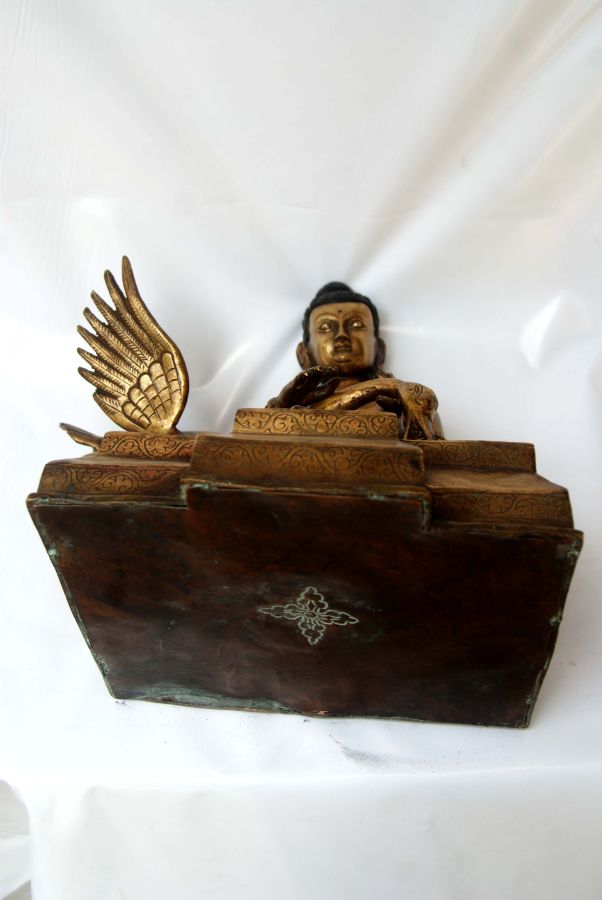

























































 of Amitabha Buddha,
of Amitabha Buddha, 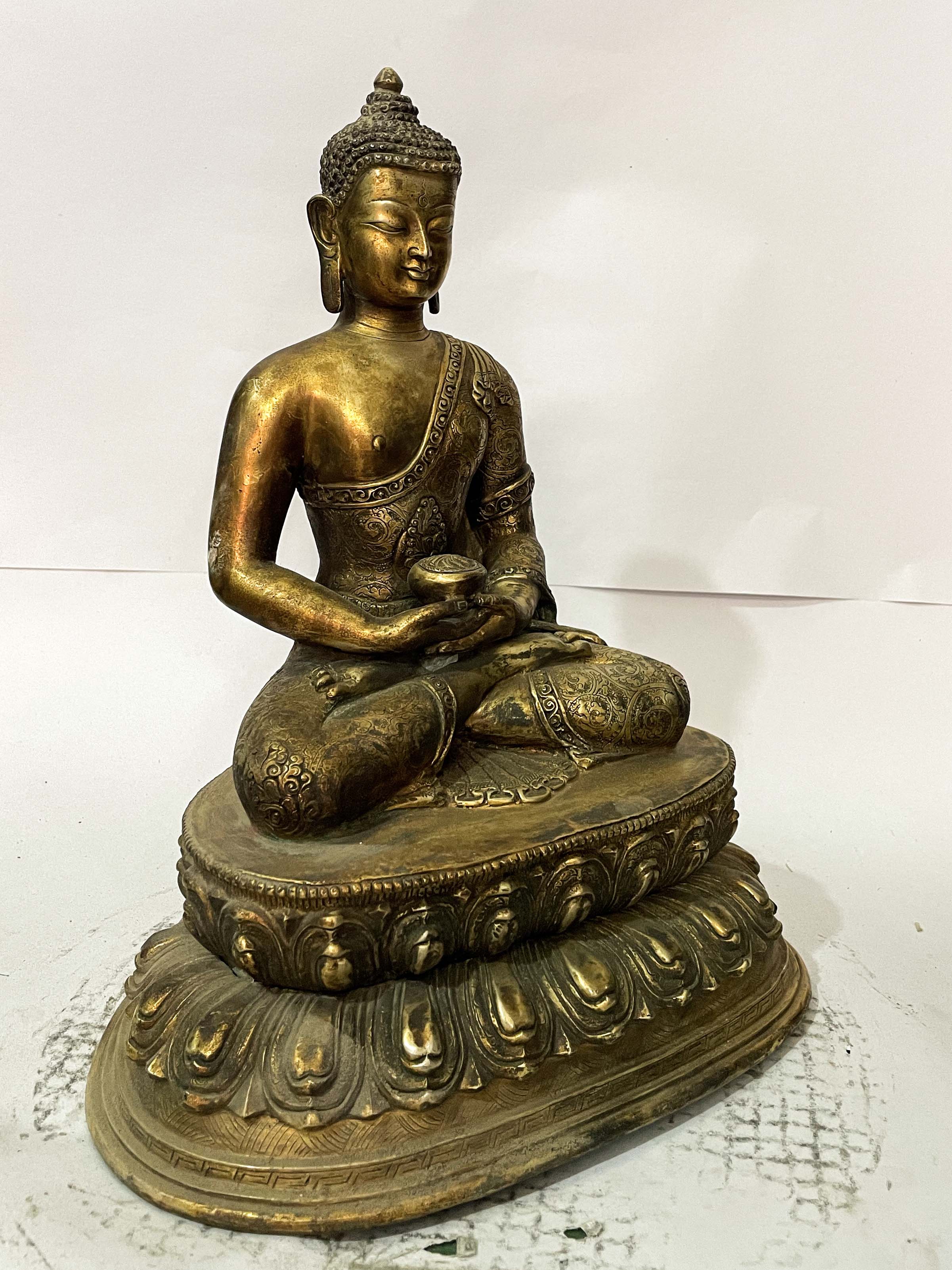 of Amitabha Buddha,
of Amitabha Buddha,  Best Price, Shakyamuni Buddha Copper Partly Gold Plated Statue, For A Gift, Altars
Best Price, Shakyamuni Buddha Copper Partly Gold Plated Statue, For A Gift, Altars  Best Price, Shakyamuni Buddha Copper Partly Gold Plated Statue, For A Gift, Altars
Best Price, Shakyamuni Buddha Copper Partly Gold Plated Statue, For A Gift, Altars  Sold" title="Amitabha Buddha,
Sold" title="Amitabha Buddha,  Shakyamuni Buddha, Buddhist Handmade Statue,
Shakyamuni Buddha, Buddhist Handmade Statue,  Shakyamuni Buddha, Buddhist Handmade Statue,
Shakyamuni Buddha, Buddhist Handmade Statue, 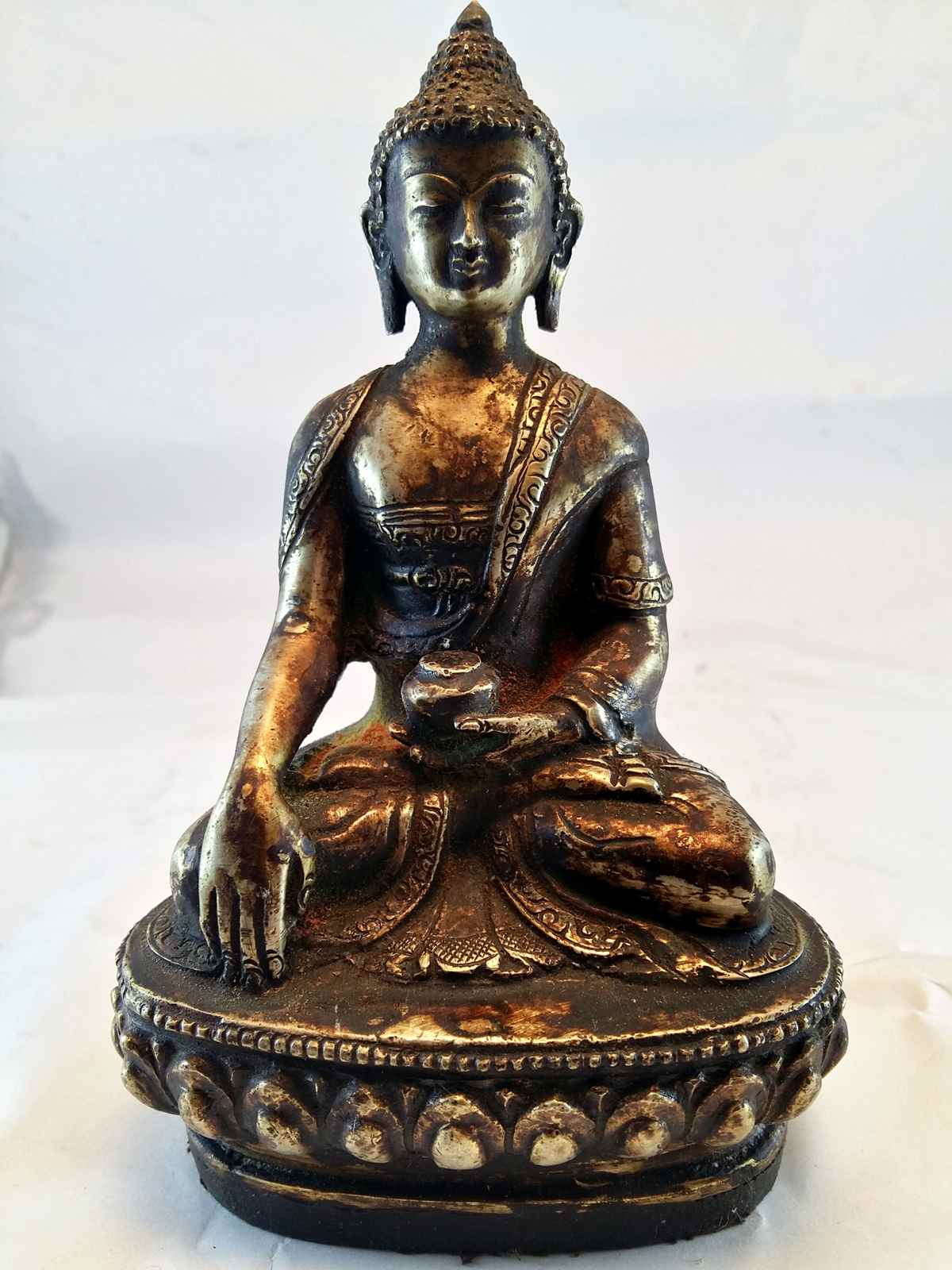
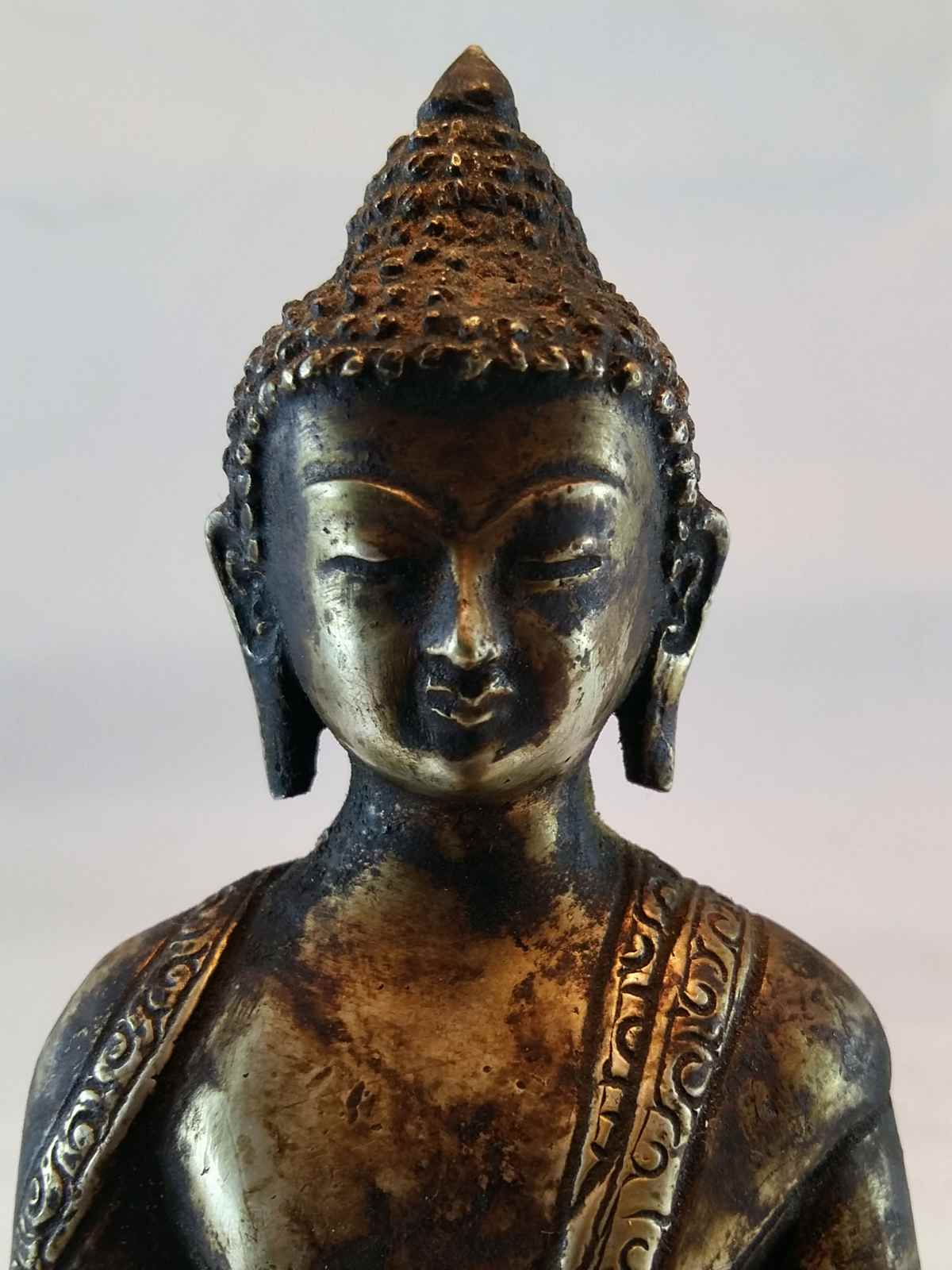
 Shakyamuni Buddha, Buddhist Handmade Statue,
Shakyamuni Buddha, Buddhist Handmade Statue, 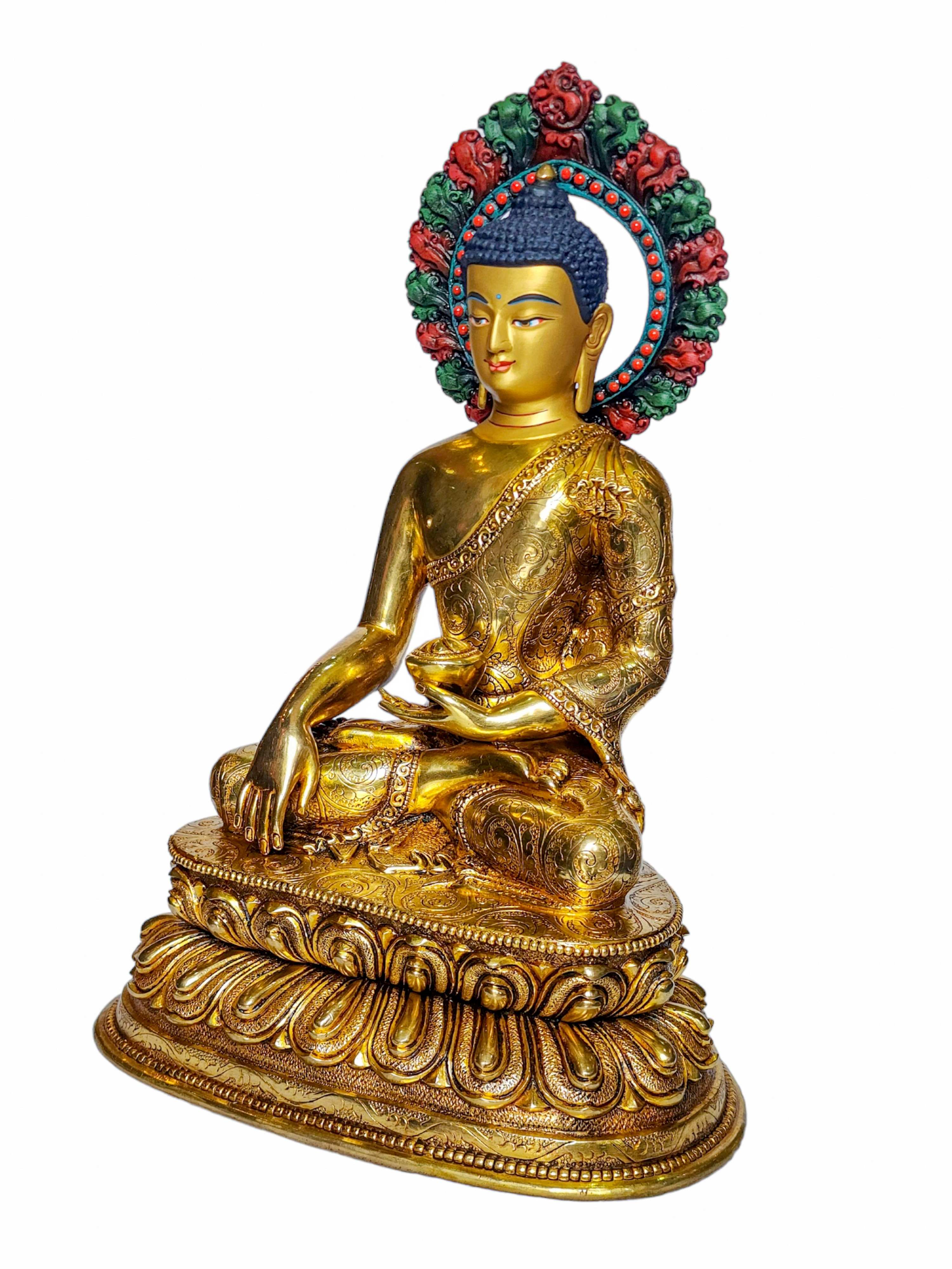 Shakyamuni Buddha, Buddhist Handmade Statue,
Shakyamuni Buddha, Buddhist Handmade Statue, 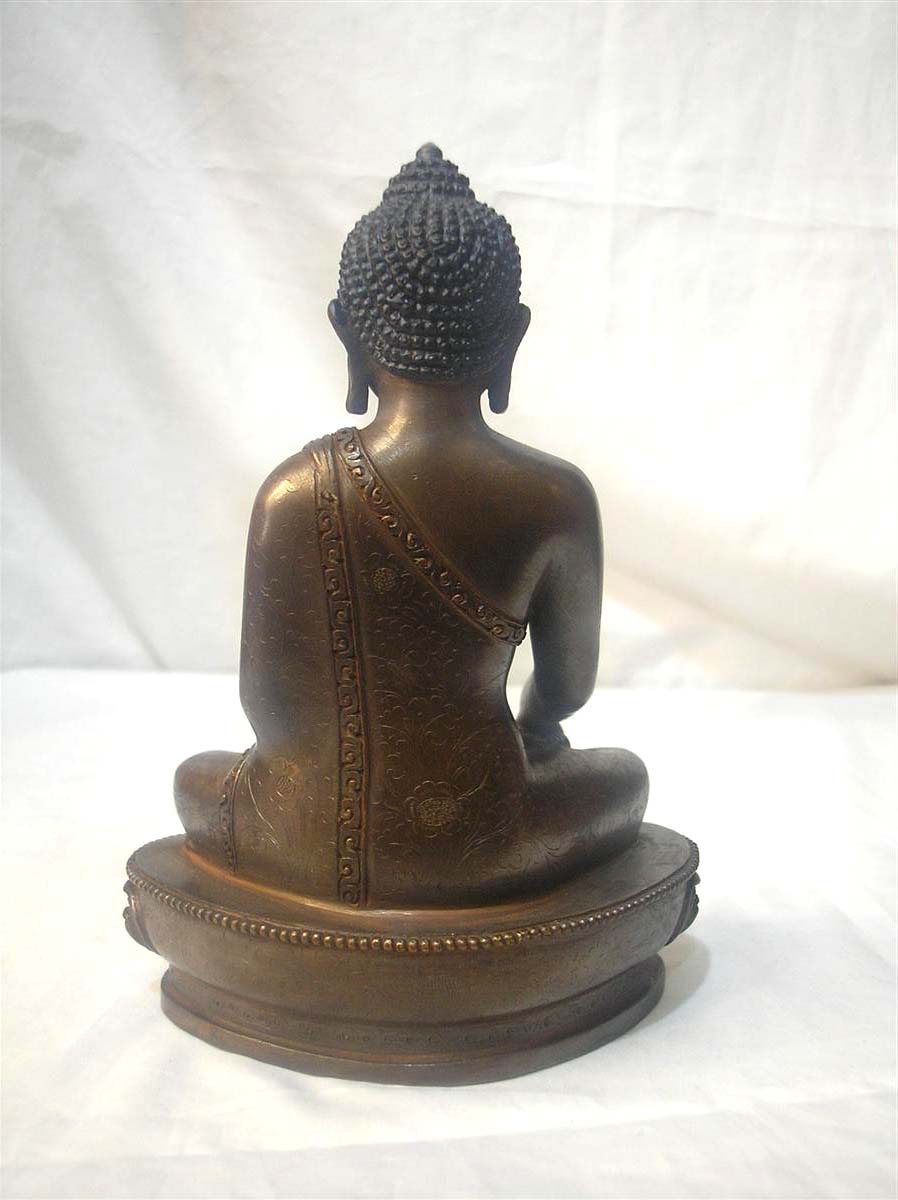 Old Post,
Old Post, 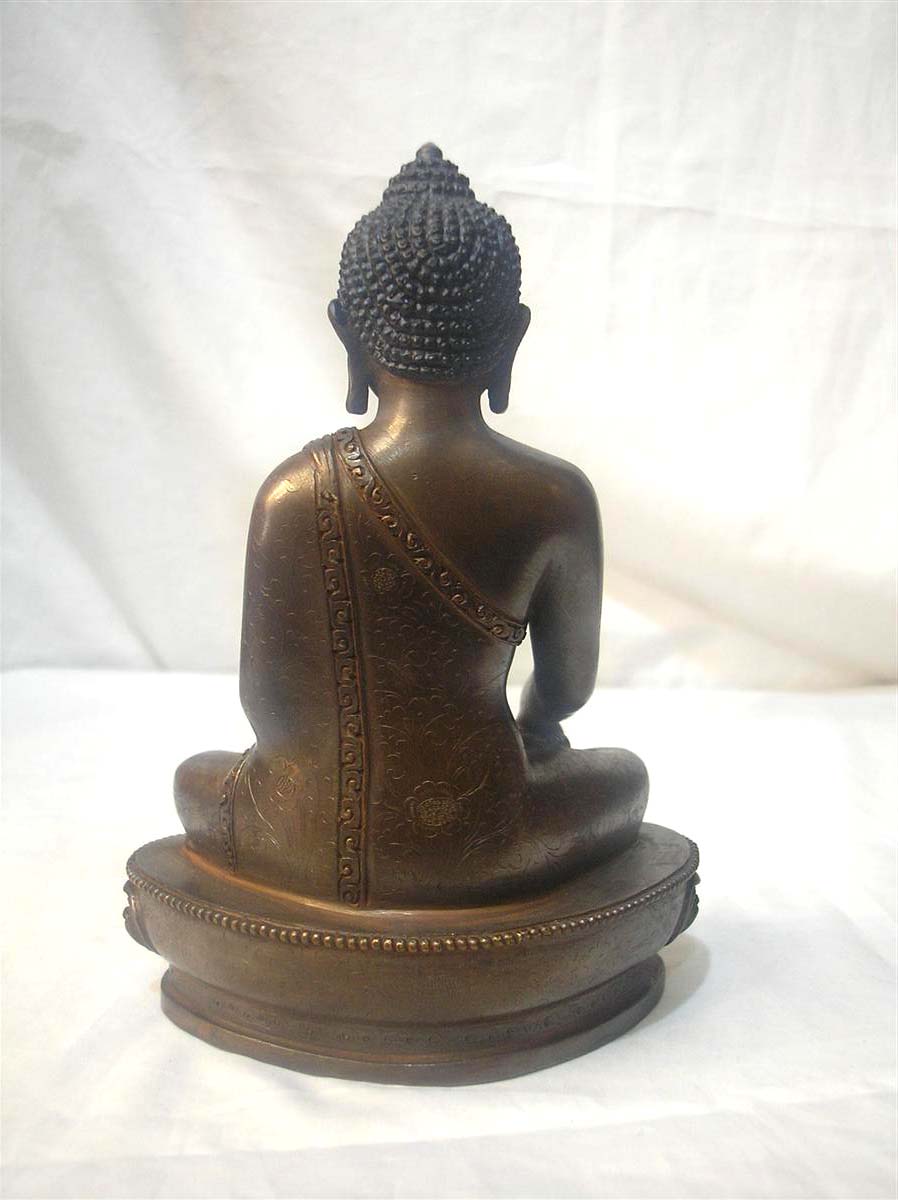 Old Post,
Old Post, 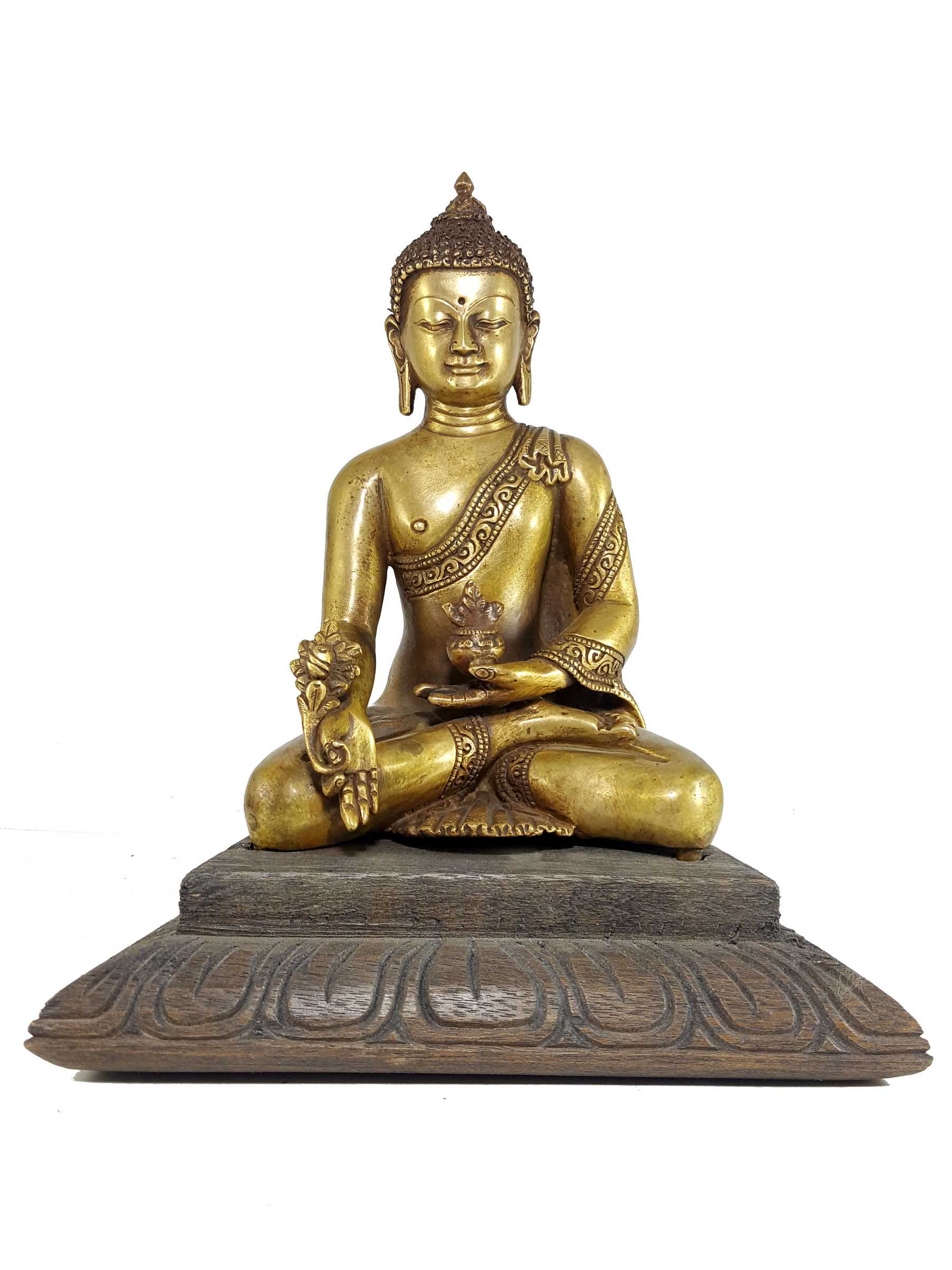 of Medicine Buddha In Bronze Finishing" title="* Exclusive * - Original Statue
of Medicine Buddha In Bronze Finishing" title="* Exclusive * - Original Statue 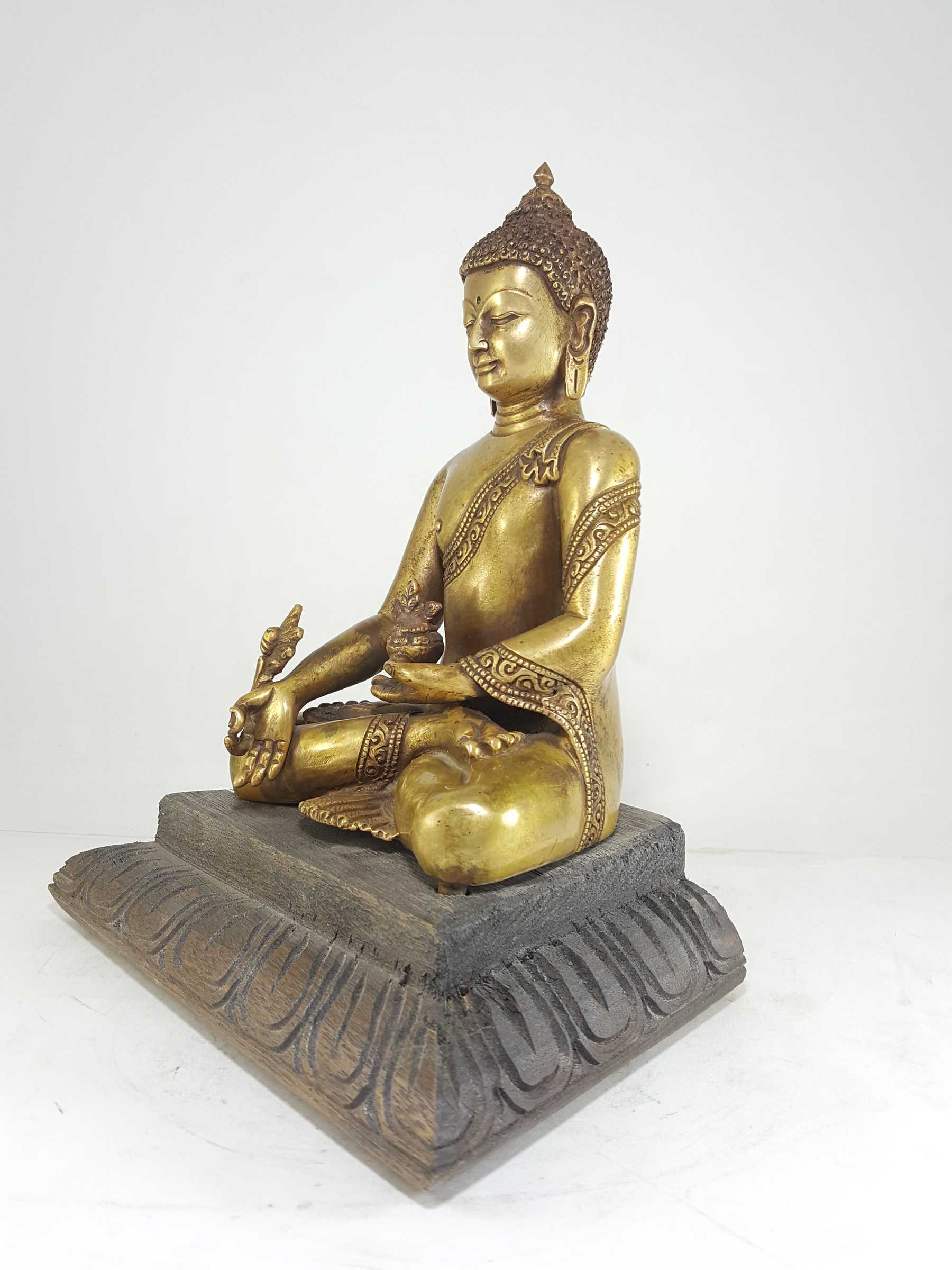 of Medicine Buddha In Bronze Finishing" title="* Exclusive * - Original Statue
of Medicine Buddha In Bronze Finishing" title="* Exclusive * - Original Statue 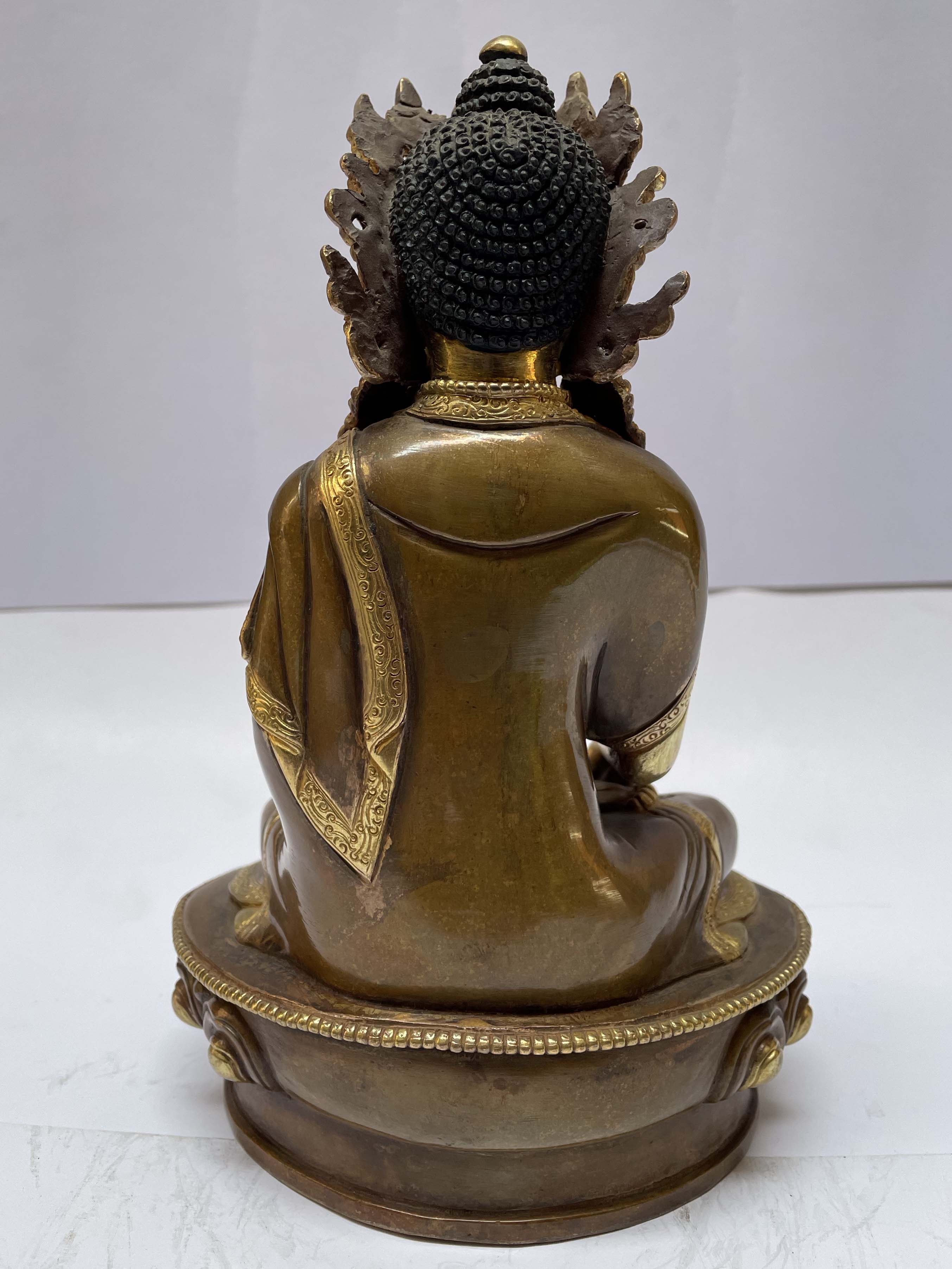 of Crown Shakyamuni Buddha,
of Crown Shakyamuni Buddha, 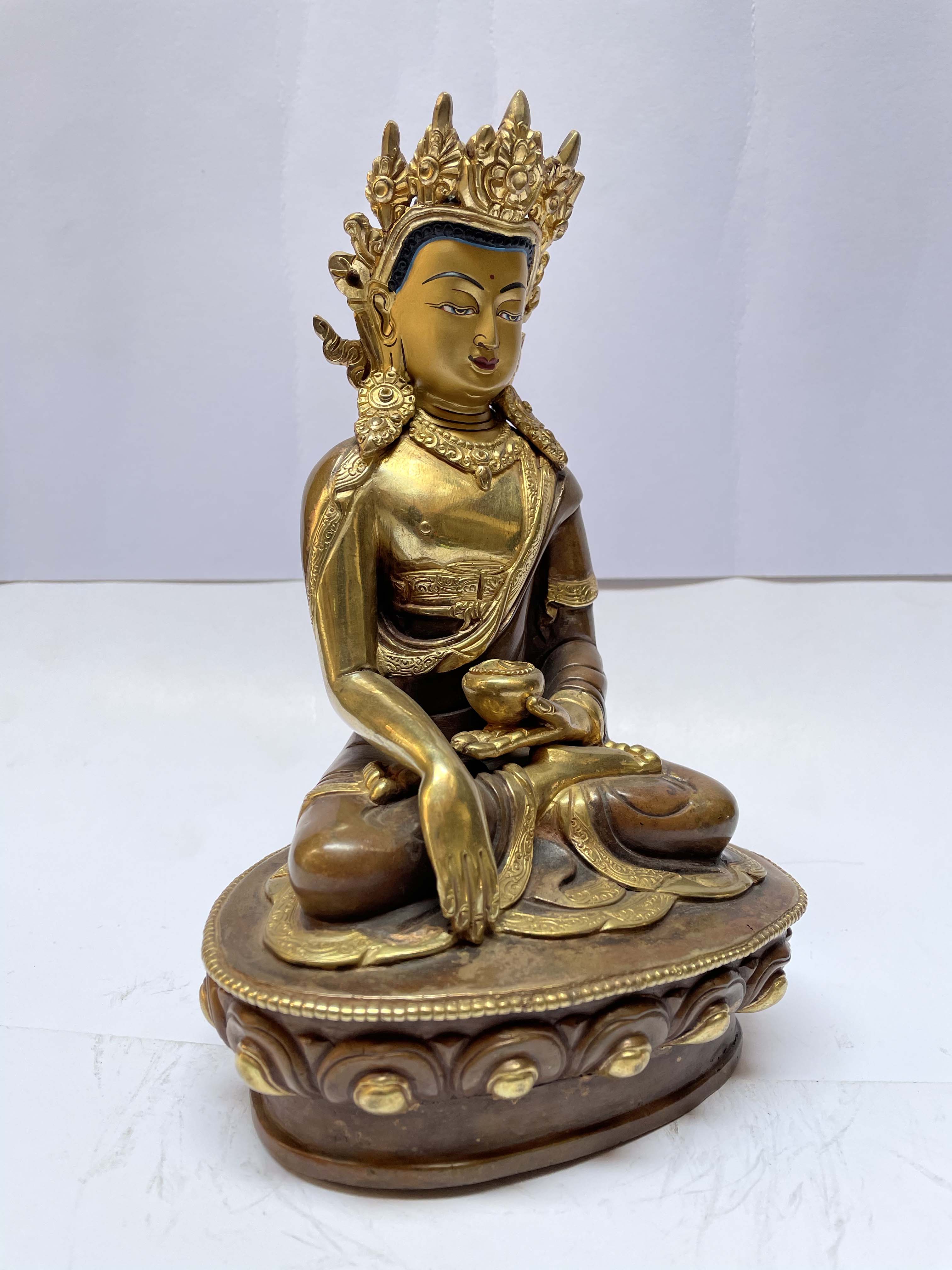 of Crown Shakyamuni Buddha,
of Crown Shakyamuni Buddha,  Medicine Buddha, Buddhist Handmade Statue,
Medicine Buddha, Buddhist Handmade Statue,  Medicine Buddha, Buddhist Handmade Statue,
Medicine Buddha, Buddhist Handmade Statue,